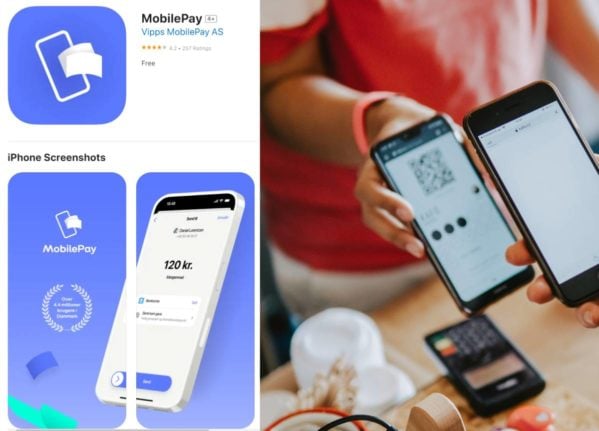For some, the future may look bleak, and while there may not be an abundance of good news out there at the moment, there are certainly some silver linings we can look to in Norway.
While it may feel hard to remain upbeat in the face of an increased cost of living, high energy prices and gloomy economic forecasts, we’ve put together a list to try and help you look towards the positives.
It should be easier to get on the property market in 2023
Becoming a homeowner in Norway may be easier in 2023 than in 2022 and 2021 for several reasons.
First, new regulations mean it will be easier to secure a mortgage this year. Applicants will be required to weather interest rate increases of three percent, rather than five percent.
This means that a mortgage will be within the reach of more people as their finances will be less stringently tested.
Additionally, Norway’s property market will likely see decreases in house prices in most places, making homes more affordable.
While for existing homeowners, this will interpreted more as a negative, they can take solace in the fact that dips in house prices won’t be too severe.
Interest rates to peak
Throughout 2022, Norway’s key policy interest rate increased fivefold to 2.75 percent. This has meant much higher mortgage and loan repayments for homeowners and borrowers.
The upshot is that interest rates will peak in 2023 and should only increase another 0.25 percentage points if economic forecasts are to be believed.
This means consumers won’t have to worry about the prospect of interest rates and repayments going up as rapidly in 2023. This stabilisation will make it easier for homeowners to plan their ingoings and outgoings this year.
More travel opportunities and routes
In 2022, the travel industry began to bounce back following the pandemic, with 2023 shaping up to be an even better year for travel to and from Norway.
Next year, the number of international flight routes to and from Norway will increase.
Loganair, Widerøe, Austrian Airlines, SAS and Norwegian are just some companies that have announced new routes and increased departures to and from Norway.
What’s best is that there will be more connections and options from airports other than Oslo, allowing those not in the capital to enjoy increased travel options.
READ MORE: The new international flight routes from Norway in 2023
If a potential recession hits Norway, it won’t be catastrophic
While not an entirely positive point in and of itself, we are choosing to look at the silver lining: a possible recession in Norway wouldn’t be too hard-hitting.
Additionally, a recession for Norway isn’t currently on the cards. If other major economies worldwide head into recession, Norway may follow suit.
“Norway is influenced by the outside world. When it’s bad out there, it’s bad in Norway too. It would not be surprising if there were a recession in Norway,” Kjersti Haugland, chief economist at DNB, told the news bureau NTB.
“Things look less dramatic right now than they did just six months ago… Yes, there will probably be a slowdown in the economy, but perhaps not very dramatically,” she added, highlighting that financial policies and support schemes have helped that things are not worse.
Inflation to slow down
One of the biggest things that squeezed households over the past 12 months, inflation, is likely to slow down significantly in the year ahead.
Economic forecasts believe that inflation in Norway will stabilise between two and four percent, compared to the six percent plus seen throughout 2022.
This should allow wage growth to keep up with inflation and ensure that most workers aren’t worse off in real terms.
At the turn of the year, several economic experts told public broadcaster NRK that the worst was behind Norway regarding interest rates and inflation.
No risk of energy rationing
Norway is reliant on hydropower to meet the vast majority of its energy needs. However, much of 2022 saw incredibly low reservoir filling levels, leading to fears that energy would need to be rationed if the situation didn’t improve.
Luckily the situation did improve in the latter half of 2022, and the fear of energy rationing in 2023 has more or less been eliminated thanks to reservoirs being replenished to near-normal levels by the end of 2022.
As for electricity prices, they are expected to remain high, though.



 Please whitelist us to continue reading.
Please whitelist us to continue reading.
Member comments